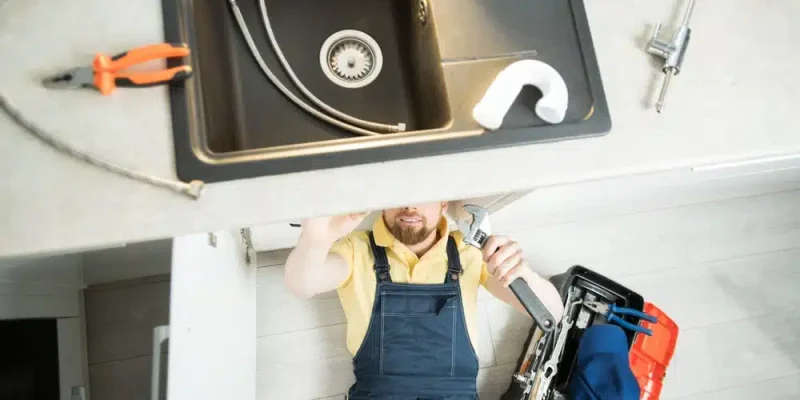How Tree Roots Get Into Sewer Lines
Many homeowners are surprised to learn that tree roots can actually grow into their plumbing system. This usually happens when older pipes made of clay, concrete, or cast iron begin to crack or separate. Tiny amounts of moisture leak from these weak spots, and nearby tree roots naturally grow toward the water. Once the roots find a way inside, they continue to grow, filling up the pipe and causing blockages. Over time, they can damage the sewer line so badly that water and waste cannot pass through at all. This kind of damage can be hard to spot until it becomes a major issue.
Signs That Roots Are Causing Problems
There are a few signs that tree roots might be inside your pipes. You may notice that drains throughout your home are moving slower than usual. Toilets might gurgle or bubble when you flush them. You might even hear strange sounds coming from your pipes or smell sewage near your yard. If your drains keep clogging even after you try to clear them, it could be because of roots deeper in the sewer line. Unlike small household clogs, these root problems cannot be fixed with store-bought cleaners or plungers.
Why It’s Important to Act Quickly
Tree root problems can cause serious damage to your plumbing if you ignore them. As the roots keep growing, they can block the entire pipe or even cause it to collapse. This can lead to raw sewage backing up into your home or flooding your yard. Repairing broken sewer lines is expensive and messy. That’s why it’s so important to act quickly and contact a plumbing contractor if you notice warning signs. A professional plumber can use a special camera to inspect the inside of your pipes and confirm whether tree roots are the problem. Catching it early can save you thousands of dollars in repairs.
The Best Way to Solve and Prevent Root Damage
If roots are found in your sewer line, a professional plumber has several ways to clear them out. One common method is hydrojetting, which uses high-pressure water to cut through the roots and wash them away. For more severe cases, a plumber may recommend replacing the damaged section of pipe or using a trenchless repair method to avoid digging up your yard. After the problem is solved, it’s also smart to schedule regular maintenance to keep the roots from coming back. An experienced plumber can help you make a plan to protect your pipes and prevent root problems in the future.








Comments